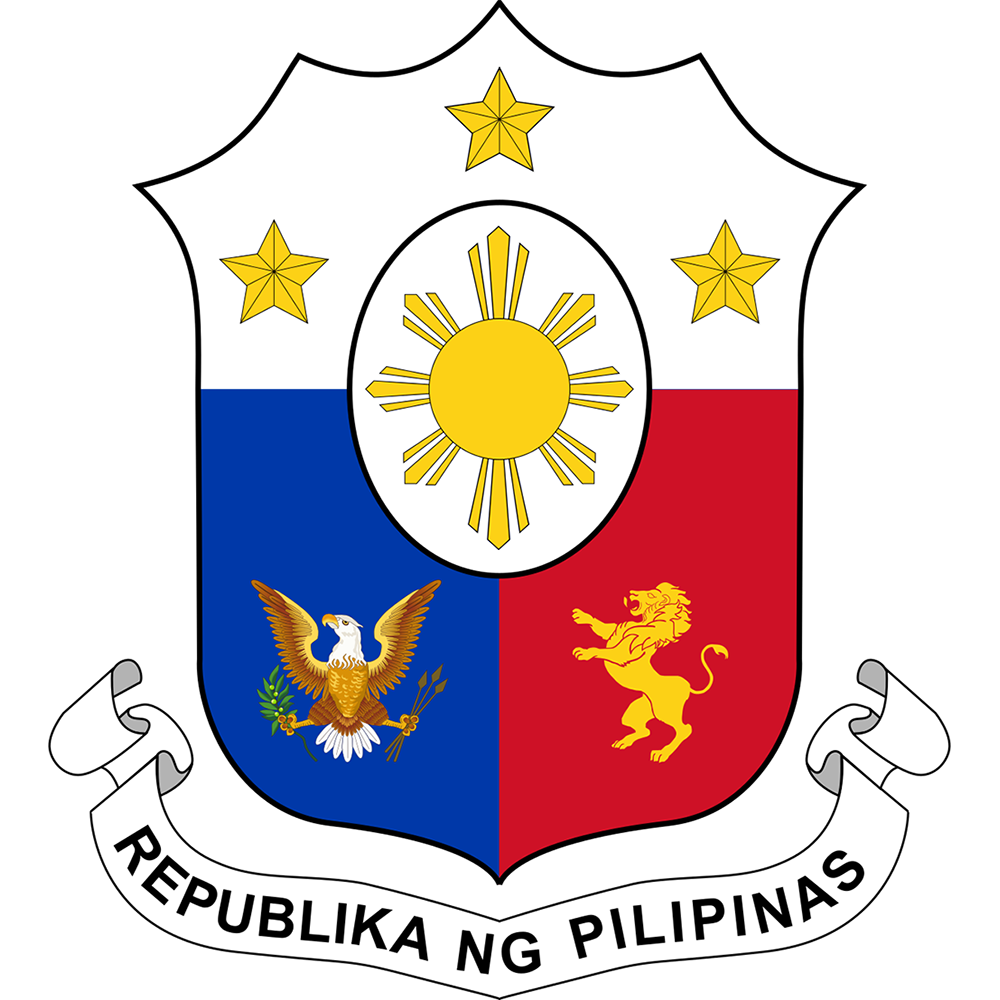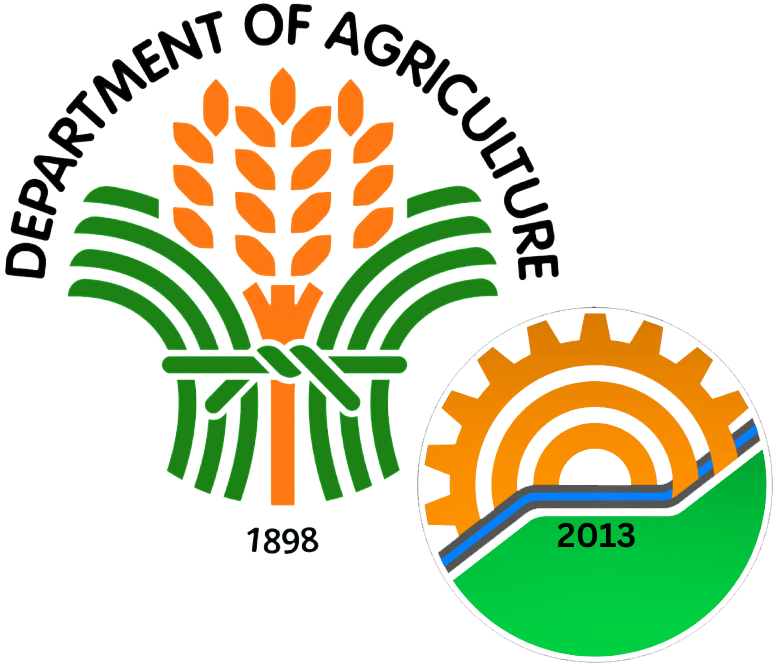

DEPARTMENT OF AGRICULTUREBUREAU OF AGRICULTURAL AND FISHERIES ENGINEERINGSugar Center, Annex II Building Extension, North Avenue, Diliman Quezon City




QUEZON CITY – In a groundbreaking collaboration, the Department of Agriculture (DA) Bureau of Agricultural and Fisheries Engineering (BAFE) and the Department of Public Works and Highways (DPWH) are leading the way in transforming the farm-to-market road (FMR) network in the Philippines. During a meeting held on January 23, 2025, at the 4th floor Sugar Regulatory Administration Training Room, the BAFE, the DPWH, the Bureau of Agriculture and Fisheries Standards (BAFS), and the DA Project Development Services (PDS) participated to outline and discussed plans to implement one-lane FMRs with turnouts as a practical and cost-effective solution to improve access and connectivity for rural farming communities.

One of the foreseen alternative and cost-efficient solutions to maximize the fiscal resources of the government and increase the length of constructed FMRs, as well as to attain the target backlog of road projects in the country, is to shift to or adopt the implementation of a one-lane FMR. This approach helps the government address the growing backlog of road projects across the country while maintaining the integrity of the FMR network. By optimizing limited resources, the government can extend the reach of essential infrastructure, benefiting more rural communities.
As outlined in Section 3 of the DA Administrative Order No. 16, Series of 2020, the conditions and specifications for the construction of one-lane FMRs are clearly defined, ensuring that the design meets quality standards and the needs of agricultural areas. The one-lane FMR is designed not only to improve access to markets for farmers but also to mitigate the risk of agricultural land conversion into residential, commercial, and industrial developments. The restriction of traffic to agricultural and fisheries logistics vehicles will preserve the primary function of these roads, safeguarding the land for its intended purpose of supporting agricultural activities. This contributes to long-term rural development and the protection of the agricultural sector.
This initiative aims to diversify the FMR network by introducing a practical and fits the needs of agricultural areas. The proposed one-lane FMR project will feature either a 2.5-meter or 3-meter road width, depending on the width of the road it will connect to. Each road will include a turnout that is 1 meter wide and 60 meters long, with a minimum distance of 1000 meters between consecutive turnouts. The project is designed for flat terrain areas with proper road signages and an Average Daily Traffic (ADT) of less than 50.
The BAFE, in coordination with the DA Regional Field Offices (RFOs), will prepare a list of FMR projects to be considered for piloting the implementation of one-lane FMRs. The validation of these projects will adhere to the DA-FMRDP guidelines. Additionally, proper coordination with the proponents and beneficiaries of these projects will be conducted to address potential issues or concerns during implementation. The adoption of this approach aligns with the government’s commitment to fostering rural development and enhancing agricultural productivity. By providing farmers with improved access to markets, the initiative is expected to reduce post-harvest losses, increase incomes, and promote economic growth in farming communities.###DA-BAFE ICST
